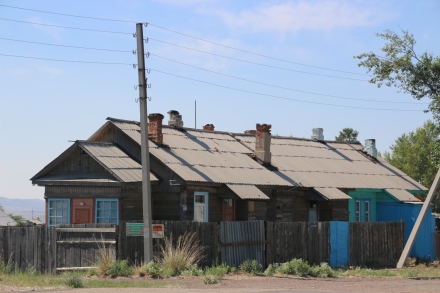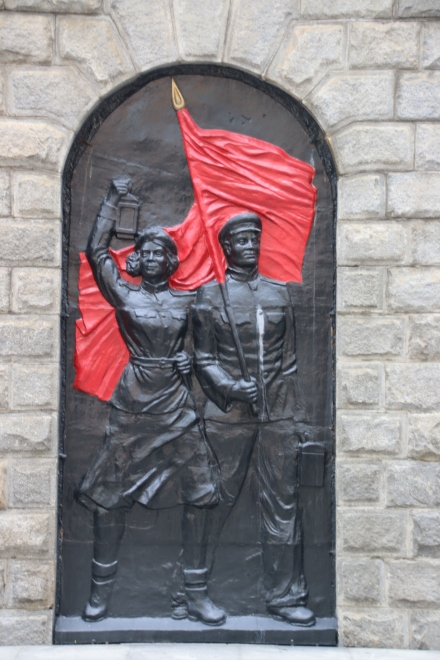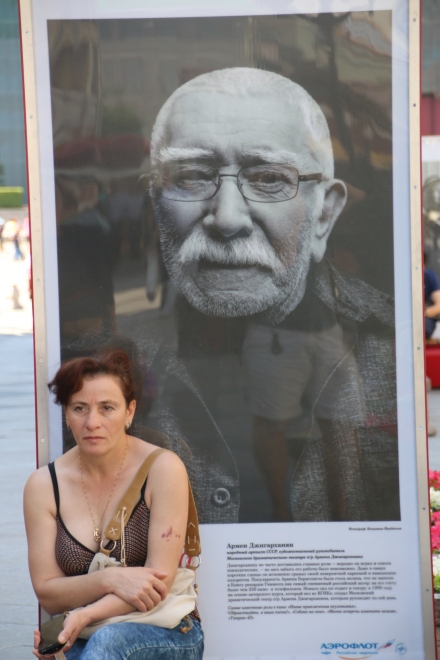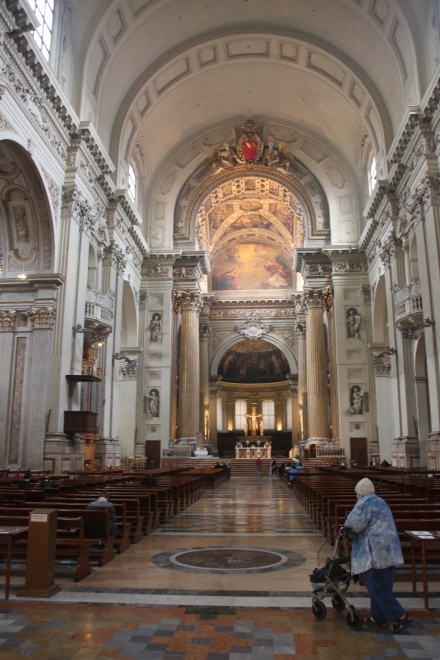The last leg. The train trickles south west from Irkutsk over the Siberian steppes to the Mongolian border.
During the night, through a mist of sleep and semi consciousness, strange things begin to happen. In the darkness, the train starts to hum and then breaks out into 3 parts like a Rock Choir warm up without the lyrics. The resonance of the wheels on the rails produces humming harmonies in time to the rhythm of the bogies (a railway term for the pairs of wheels at each end of each carriage and responsible for that clickerty clack sound, I hasten to add). If only the train could get some lyrics it could put on a summer concert all on its own or accompany a church service. Beautiful.
Mysterious energies are at work. I get off at the first stopover. 7 of the 11 original carriages have disappeared. My carriage is now the last one. Behind us is nothing, empty, just tracks leading back to the far horizon. Sometime during the night a ghoul has diverted them to a different destination and devilled them away into this new landscape.

This is southern Siberia. Gone are the continuous flashing streaks of silver birch and pine. Gone are the large industrial oases in the flat desert of wood and forest. Gone are the acres of timber yards & marshalling sheds and the huge rivers and glimpses, through the strobing trunks, of far off horizons. Here it is open land rolling away on either side in undulating patterns of scruffy grass and dirt roads. Rolling hills line our route in humps and bumps and soft boobs and bellies, the shadows of cotton wool clouds marked out on their multitude of faces to wrap the landscape in a patchwork of greens.
Winding, wriggling rivers dissect the land. A group of horses patter & paw & shuffle around in a small dust bath, showing their enjoyment with swirling tails and rubbing necks. Low, single storied houses, built in wood with corrugated asbestos rooves, painted in green or purple, to give the weathered, timber houses a unique character, cluster around platforms in towns and villages throughout this rolling, open scenery. It is immediately obvious that the one thing these settlements all lack is any sign of mechanised transport – no cars, no lorries, no bicycles even. How do they get around between villages and towns? Where are the shops? What do they do during a long Siberian winter? (I can think of some answers to that last one)



So the border approaches. The train stops. Documents are checked. That takes 3 minutes and then we have to stopover in this one horse border town for over 4 hours. So up the road to find a bar amongst the wooden dwellings.


Back to the station and onto the platform. The ghoul has struck again. 3 carriages have disappeared. Even the locomotive has abandoned the single carriage that stands all alone on platform 1 with several rather anxious passengers waiting outside its locked doors.

After an hour or so, a reversing engine appears, locks itself like a guppy onto our carriage and, with a spring in its wheels, drags us off and away to the border, unused to its ultra light load.
We come to a stop after 10 km and Mongolian bureaucracy takes over. This time the stop over takes 4 hours. Go into town, buy an ice cream, take photos, chat. Return to platform to find out solitary carriage again has no engine and is now hidden behind the twelve carriages of a Mongolian train. All is well though. We are shunted along, hooked up to the end and finally chugged off to Ulaanbaatar on our first night in Mongolia. The whole process has taken over 8 hours.
Still, I have had lots of time to reflect on my fascinating 6 day, 5,867 km journey through Russia. It’s been a bit like chalk and cheese. Moscow holds the chalk, making good, multicoloured marks with money, power & privilege. Outside, life is tough and grey, with empty pages lacking any marks or colour most of the time, especially during a long, hard winter. Maybe that is why there have not been a lot of laughs and smiles on the trip, at least not from the Russian travellers. An occasional nod or a grunt are more common place although the blank stare is most prevalent. I leave you with some images of the chalk and the cheese.






































































You must be logged in to post a comment.